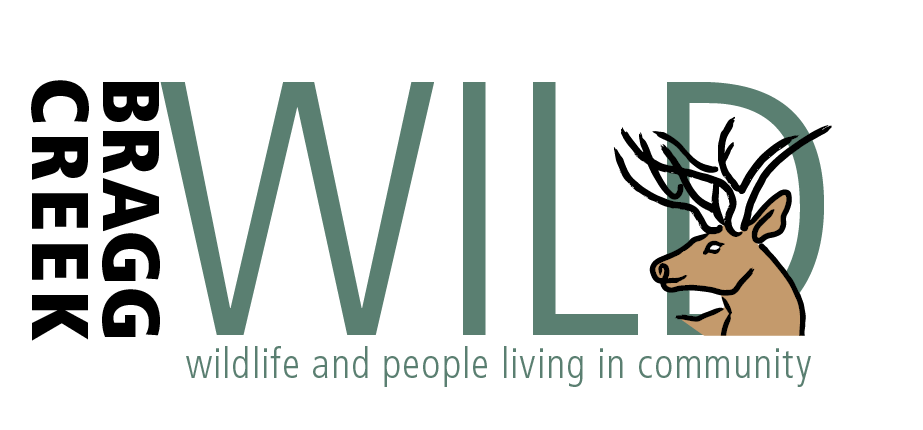Lighting up the darkest time of year
It may be dark, but it can be beautiful at this time of year. We’re privileged that we can enjoy the night sky in a way not many people around the world can. In November we’ve had some incredibly bright moonlit nights, and some of us will even have seen the full lunar eclipse (though I confess I wasn’t one that stayed up to watch the whole spectacle). Even on the darkest nights though, if the sky’s clear, we have a good chance of seeing the Milky Way on a regular basis. It can take your breath away.
Alberta has some fantastic dark sky preserves, like at Jasper, where stargazing is spectacular. Unfortunately, though, the global expansion of population and development means dark skies are shrinking. Lighting that’s necessary for us to get around at night and see where we’re going has encroached more and more into areas where it isn’t needed – this is light pollution.
Light pollution has an effect all year round, all over the world, interfering with ecosystems and the rhythms of our wild neighbours. Plants, corals, insects, birds, bats, amphibians and mammals large and small all rely on circadian rhythms prompted by light levels. Light pollution disrupts things like food source reliability and can have a knock-on effect on behaviour. Some species are going extinct because of it.
Locally, we have the Dark Sky Country area around the U of C Rothney Observatory and the Cross Conservation Area. The dark skies there allow both astronomical observations and – importantly – the unimpeded functioning of local wildlife. If you follow this link, you’ll find a video with more information about how and why it was set up, and suggestions for how to set up dark-sky-friendly lighting. science.ucalgary.ca/rothney-observatory/community/dark-sky-country
For us (humans), this darkest time of year is also the season of celebrations: the winter solstice has always been a time for festivities to mark the turning of the year and the return of the light. Putting up Christmas lights and so forth is a big part of what many people do at this time of year. It’s pretty and fun, it’s cheerful and welcoming.
 Sadly, it can also present danger for wildlife. There are stories every year about Christmas lights tangled in antlers and animals being sedated to remove them. In the worst cases, elk and deer may be trailing strings of lights that then catch on vegetation or rocks and strangle them.
Sadly, it can also present danger for wildlife. There are stories every year about Christmas lights tangled in antlers and animals being sedated to remove them. In the worst cases, elk and deer may be trailing strings of lights that then catch on vegetation or rocks and strangle them.
Advice from such sources as Parks Canada and the Town of Banff suggest the following things we can do to help with both the issues of light pollution and danger to wildlife:
- Wait until December to put up lights when the rutting season is over.
- Put lights on a timer so that they go off for most of the night – leaving wildlife with some periods of darkness.
- Make sure outdoor lights are at least 10 feet/3 metres off the ground, or that they’re “secured tightly” – to avoid animals becoming entangled.
www.darkskysociety.org/
www.darksky.org/
Please keep reporting wildlife sightings to Bragg Creek Wild – your response up to now has been fantastic. Thank you. Wishing you a happy and healthy festive season from all at Bragg Creek Wild! See you in the New Year!


























